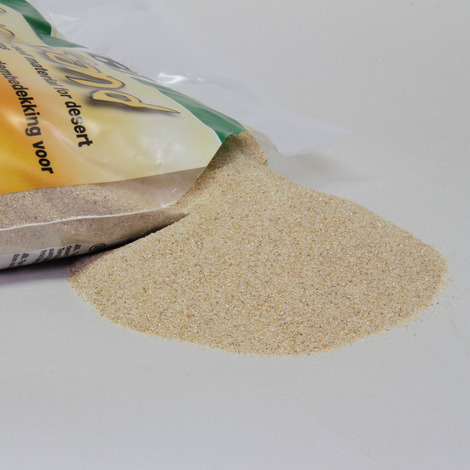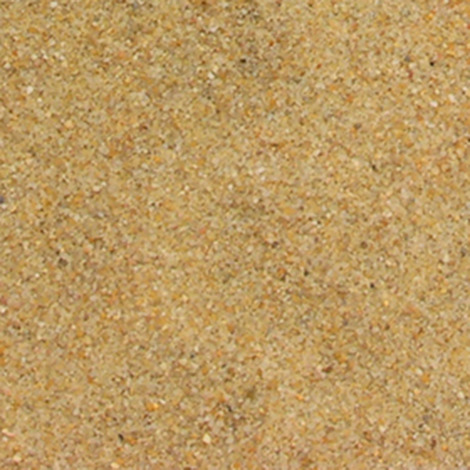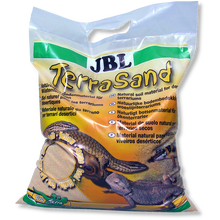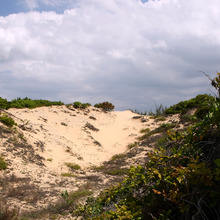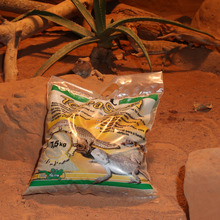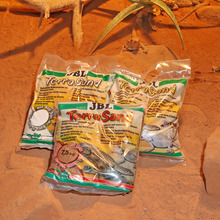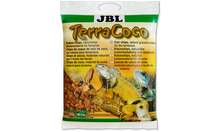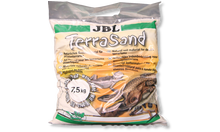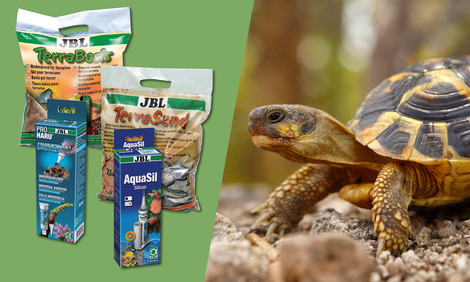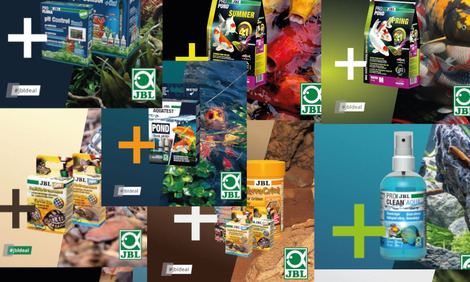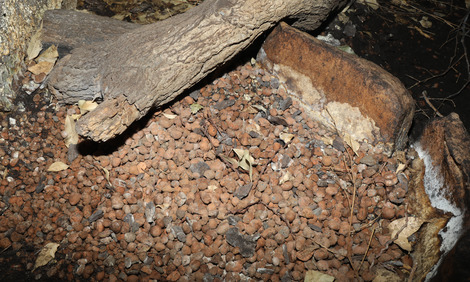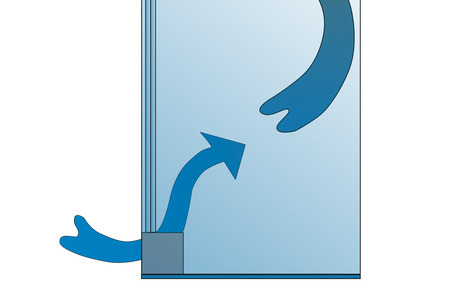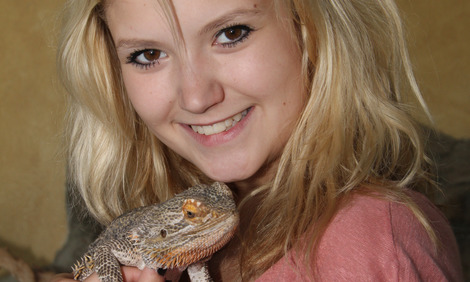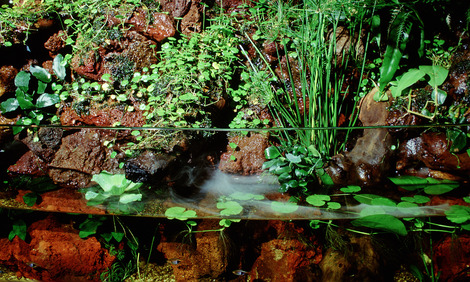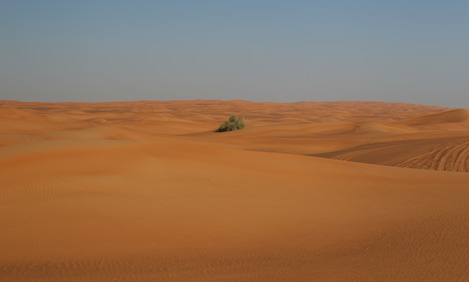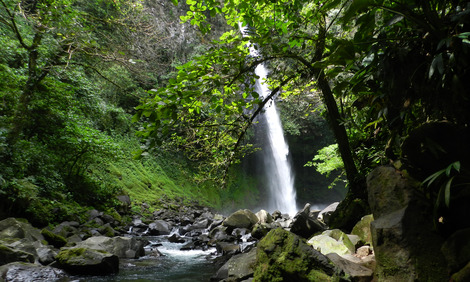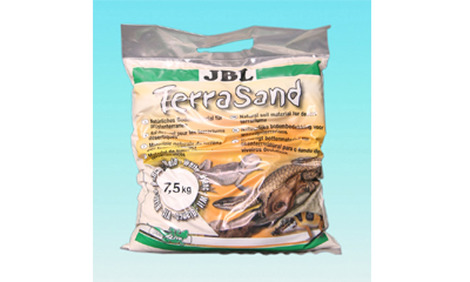Substrates suitable for terrarium animals
To give the terrarium animals a home modelled on nature the terrarium needs to be modelled closely on the animals’ biotope. It is crucial that the size of the terrarium suits the animals’ requirements, amongst other factors. During the set up it is important to have the right substrate, plants, air circulation, lighting and the temperature in the terrarium.
JBL TerraSand natural yellow
Substrate for desert terrariums
- For desert terrariums: natural substrate made of fine yellow sand, grain size: 0.7-1.25 mm
- Fine, virtually dust-free sand.
- Fine grains encourage the natural digging behaviour of many species
- Round grain shape reduces abrasive effect on the animals’ skin
- Contents: substrate, TerraSand

